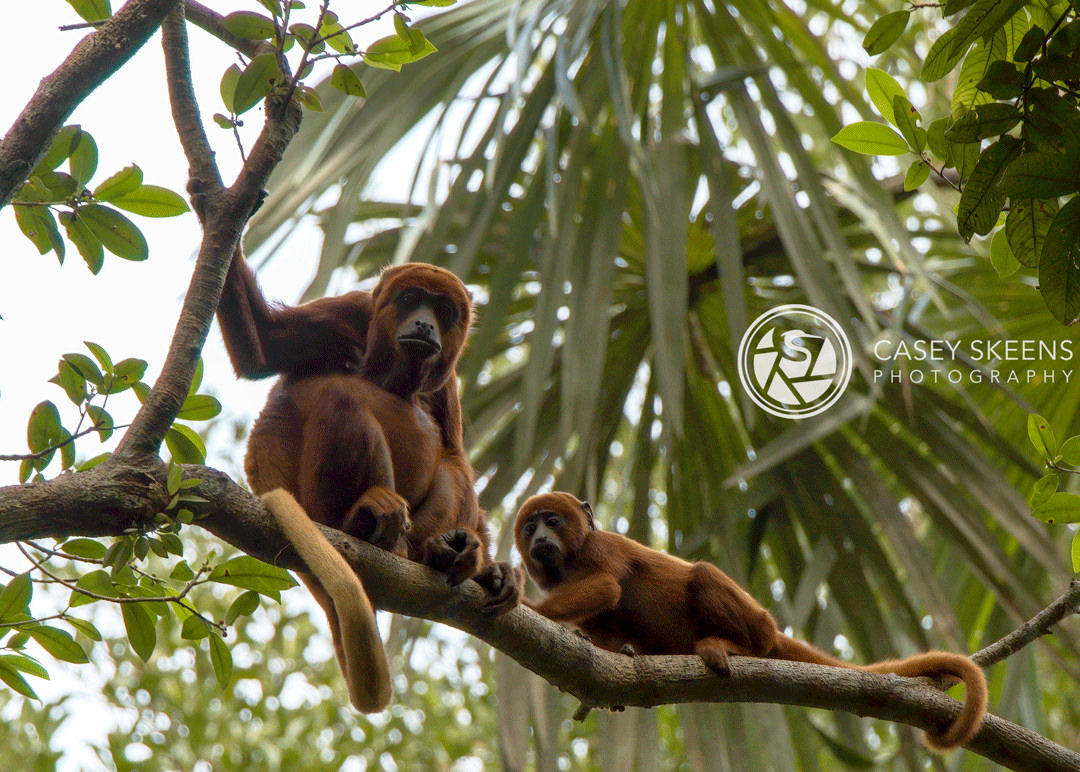
The artistic skill required with animal photography is an exciting challenge. When I photograph animals, I’m looking for the opportunity to make an emotional connection with the animal for the viewer. This can be done by framing an animal in motion with enough space so that it appears free. Because animals are so unpredictable, capturing this moment of connection is highly rewarding.
What is Animal Photography?
Animal photography is open to some interpretation as a genre, thanks mainly to our domesticated furry friends having their own social media accounts nowadays! I’ll be exploring wildlife photography more though, which involves documenting wildlife in its natural environment.
Whatever the animal, there are some basic photography skills and principles worth appreciating so that, when the time comes, you are ready to capture that elusive moment. Because unlike fashion photography or family photographs, no animal is likely to hold a pose for you for very long.
Animal photography involves using specialist lenses: long focal lenses are best for birds, and macro lenses are ideal for insects. Career-wise, animal photographers range from equine photographers who photograph shows at races, to wildlife photographers who have developed fieldcraft skills so that they can go unnoticed in the wild.
Capturing Animals Behind The Lens
People love animals as a subject, so this fascinating field of photography has many facets. Animal photography requires a solid understanding of animal behavior. The more you understand the animal that you’re photographing, the better you will be at anticipating situations that are worthy of a good photograph.
If you’re out in the wild photographing animals, your presence can be seen as an intrusion – this is where a telephoto lens is handy. Set your camera to burst mode and continuous focus as the enigmatic animal makes every shot an action shot.
A wide-angle lens is excellent for including some of the surrounding action. I like to use it to show the space and the animal’s sense of movement. A regular prime lens is fantastic if you’re on the move, as the wide aperture allows you to focus on a small area and it’s also perfect for a setting with low light.
A macro lens will allow you to practice macro-photography techniques for taking pictures of insects. Here, choose places with lots of insects rather than just a few, and accommodate for a small depth of field with an additional aperture by setting a higher light sensitivity.
Birds are a great subject for animal photography because they are so captivating and have amazing eyesight and memory. They can also distinguish between several color shades. So the best way to get some great shots of these fascinating creatures is to either let them grow accustomed to you over time, wear camouflage, or prepare a shelter in advance. Wearing bright colors like white are likely to spook birds, so avoid wearing bright colors if possible.
Pursuing The Art Of Animal Photography
The value of pursuing animal photography as a career or pastime lies in first appreciating all there is to know about the animal, as this will make you a better animal photographer. Patience and creativity are rewarded because the animal will likely not do what it is told.
The ethical consideration that is important to remember is that you don’t want to cause any undue stress to the animal you are photographing. When I’m photographing an animal, I’m merely a witness to it and my pursuit of getting a breathtaking shot cannot come at the expense of the animal’s wellbeing. I also try not to intervene with the natural scene that is unfolding.
Wind direction is crucial to animal photography, as most animals in the wild have an acute sense of smell. Try to focus on the eyes of the animal you’re photographing and avoid the use of flash photography. Getting down to their level works best if you’re not far away, as you can then start paying attention to details that you might have overlooked. This method also helps to explore new angles.
A simple background works best when I do not want anything to compete for attention with the animal itself. Striking a balance between the personality of the subject and the natural environment that it is enjoying itself in remains key.
If I’m lucky enough to get up close to the subject and have earned their trust, showing that connection between the animal and my lens will mean that the viewer gets to experience that connection, too.
As an animal photographer, your artistic skills have the chance to come to the fore. Part of the challenge is to photograph an animal that has been photographed many, many times before in a unique and original way.
Technical skills are also crucial in the pursuit of animal photography. While it is taboo to prep a shot with live bait, you can manipulate an image with your computer’s photo software after returning from the wild.
The art of animal photography finds its beauty in connecting the human world and the animal kingdom. It has taken huge leaps and bounds with the improvement in telephoto lenses and quicker shutter speeds. Being an animal photographer in today’s world means enjoying this technological privilege and learning how best to appreciate animals in their natural habitat while remaining unseen.
